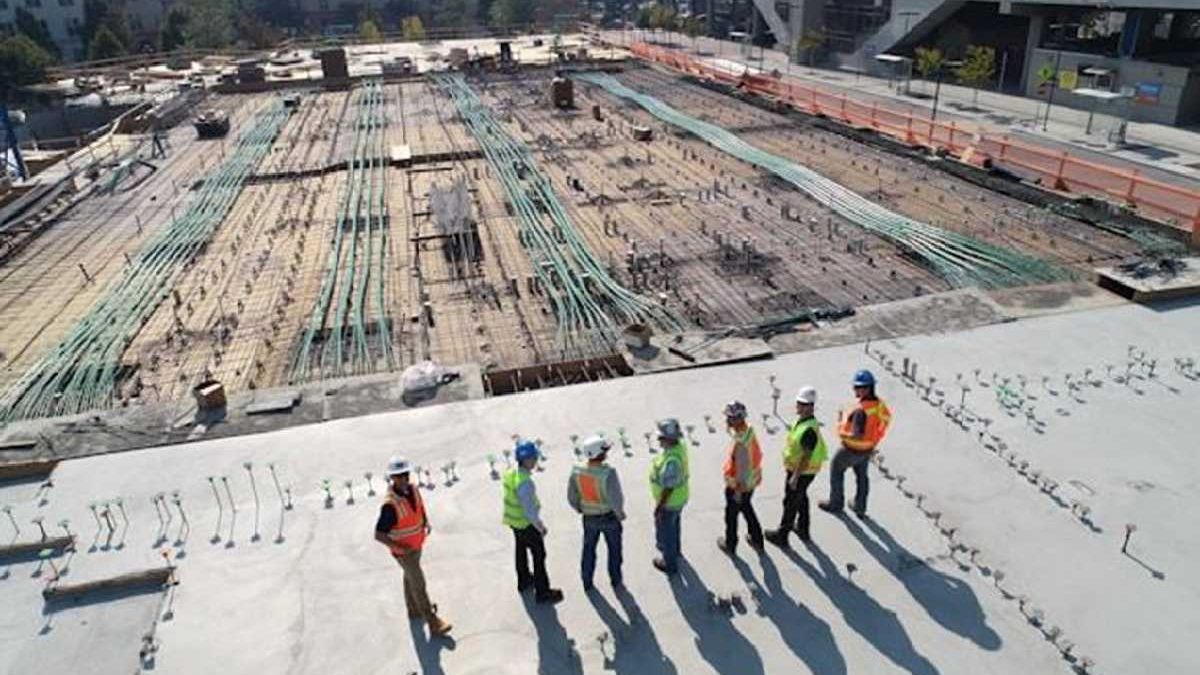Whether it’s construction sites or natural landscapes, social erosion is a persistent issue in every environment. It’s a problem that can lead to loss of valuable topsoil, damage to infrastructure, and increased sedimentation in waterways. Fortunately, now we have geocells, which are a highly effective solution for managing erosion of controlling stormwater. Let’s read how these innovative structures work and what are their benefits in erosion control projects.
Table of Contents
What Are Geocells?
A Geocell is a three-dimensional cellular confinement system typically made from polymer materials such as HDPE (High-Density Polyethylene). They consist of interconnected cells that form a honeycomb-like structure. Geocells expand and form a flexible mat that can be filled with soil, gravel, or other materials when they are deployed on the field. This structure provides a range of benefits for managing erosion and controlling stormwater.
How Geocells Prevent Soil Erosion?
1. Enhanced Soil Stabilization
One of the primary functions of geocells is to stabilize soil. The cellular structure of geocells confines and reinforces the soil within their compartments which prevents it from being washed away by water. By containing the soil in a grid-like pattern, geocells distribute the load and reduce the risk of erosion caused by rainfall or runoff.
2. Improved Load Distribution
Geocells improve load distribution by spreading the weight of structures and vehicles across a larger area. This helps in reducing soil compaction and erosion in high-traffic areas. For instance, when used in road construction, geocells help maintain the integrity of the roadbed by distributing the load and preventing localized erosion.
3. Vegetation Support
Geocells can support vegetation growth, which is a natural method for controlling erosion. By filling the geocell cells with soil and planting vegetation, the roots can grow through the cells and help bind the soil together. This not only stabilizes the soil but also enhances the aesthetic and ecological value of the site.
Applications of Geocells in Erosion Control
1. Construction Sites
On construction sites, geocells are used to stabilize soil around foundations, slopes, and embankments. They help manage erosion during and after construction, ensuring that soil is kept in place and minimizing the impact on surrounding areas.
2. Roadways and Pavements
In road construction, geocells are employed to reinforce the subgrade and improve the longevity of pavements. They prevent erosion of the roadbed and enhance the durability of the surface.
3. Landscaping and Rehabilitation
Geocells are also used in landscaping projects and environmental rehabilitation. They help in stabilizing slopes, controlling erosion in riparian zones, and creating sustainable green spaces.
So, contact the professional advisors if you are also looking for a solution for erosion at your new construction site!
Frequently Asked Questions
Q1: What are the costs associated with using geocells?
The cost of geocells varies based on factors such as material type, project size, and installation requirements. While the initial investment might be higher compared to some traditional methods, the long-term benefits and durability can offer cost savings through reduced maintenance and improved performance.
Q2: Can geocells be installed in DIY projects?
Geocells can be installed in DIY projects, especially for smaller-scale applications. However, professional installation is recommended for larger-scale projects.
Q3: How do geocells compare to traditional erosion control methods?
Geocells offer several advantages over traditional methods, including better soil stabilization, reduced maintenance, and improved water drainage. They are often more flexible and adaptable, making them suitable for a wide range of applications.

